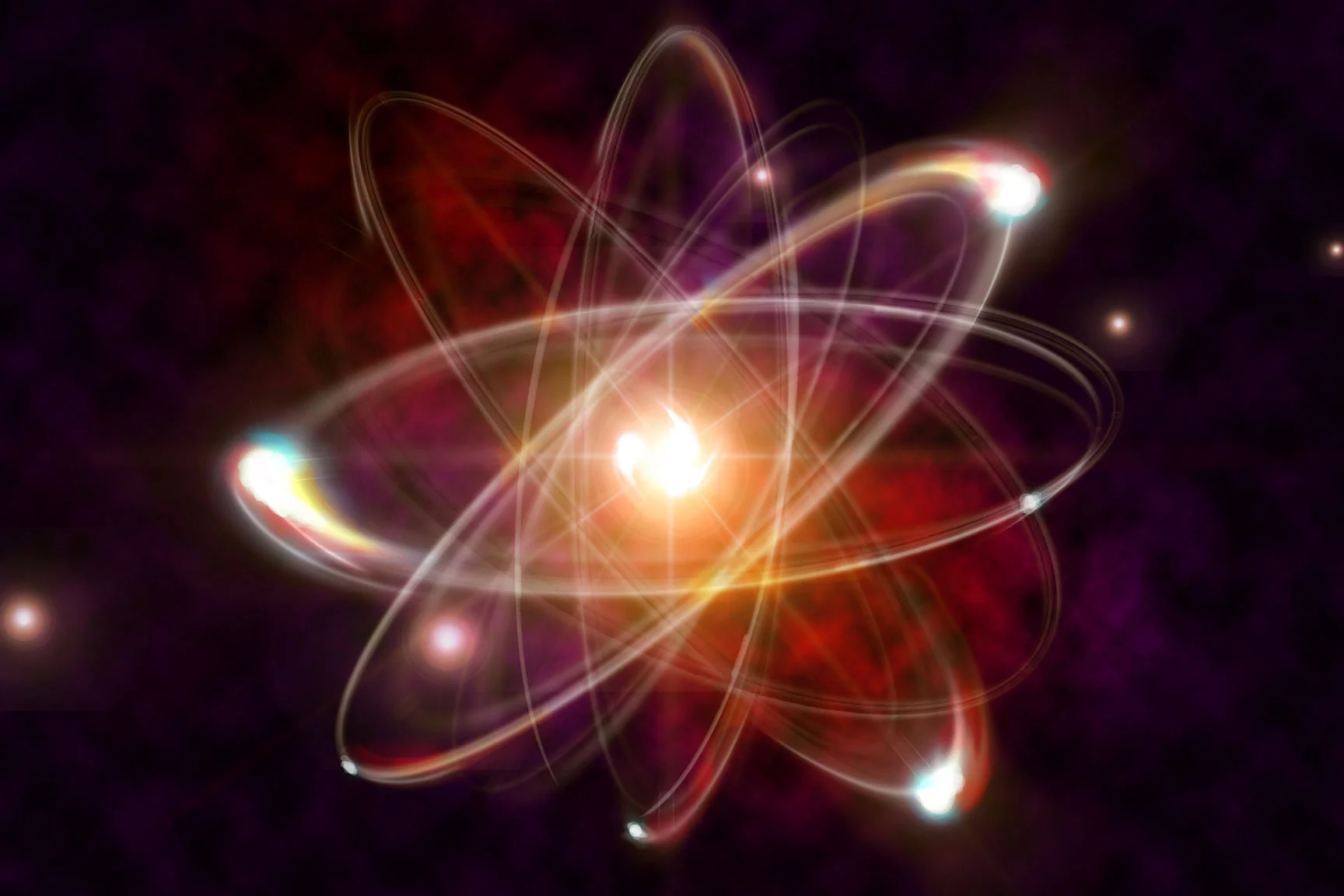The US Department of Defense (DOD) has awarded contracts to three companies to develop mobile nuclear microreactors for military applications under a Strategic Capabilities Office (SCO) initiative called Project Pele. Valued between US$11,953,036 and $14,309,000, the contracts will fund the initial two-year design phase after which one company will be selected to build a prototype reactor.
The US military may be the world's most powerful, but it's also the world's most energy-hungry. According to the DOD, the department uses 30 terawatt-hours of electricity per year and over 10 million gallons of fuel per day, and those amounts are still increasing. Not only is this energy consumed in quantities suitable for a small city, but it's often required at remote sites at the end of long, vulnerable logistical pipelines.
It's partly for this reason that Project Pele was established in January 2019 when the SCO sent out a request for information regarding the development of a safe, mobile and advanced nuclear microreactor to private industry. From these respondents, three winners were selected: BWX Technologies, Westinghouse Government Services, and X-energy. These will work with the US Department of Energy, the Nuclear Regulatory Commission, the National Nuclear Security Administration, and other companies to quickly build working prototype microreactors and guide them through evaluation, safety analysis, construction, and testing.
What these reactors will be like is not clear, though the DOD says they are intended to be both portable and capable of operating for long periods anywhere in the world without the need for expensive power infrastructure. In addition, they will be suitable for civilian applications, including disaster relief or powering remote communities.
Since Westinghouse is one of the selected companies, it's possible that the microreactors will resemble the Westinghouse eVinci microreactor. According to the company, this is a transportable reactor that is built, fueled, and assembled in a factory before being transported to the site. It can be installed in under a month, operate autonomously, and can generate between 200 kW and 5 MW.
According to the DOD, the engineering design phase of Project Pele will be up to two years, followed by an assessment as to whether a microreactor can meet the safety requirements.
"The Pele Program’s uniqueness lies in the reactor’s mobility and safety," says Jeff Waksman, Project Pele program manager. "We will leverage our industry partners to develop a system that can be safely and rapidly moved by road, rail, sea or air and for quick set up and shut down, with a design which is inherently safe."
Source: DOD





